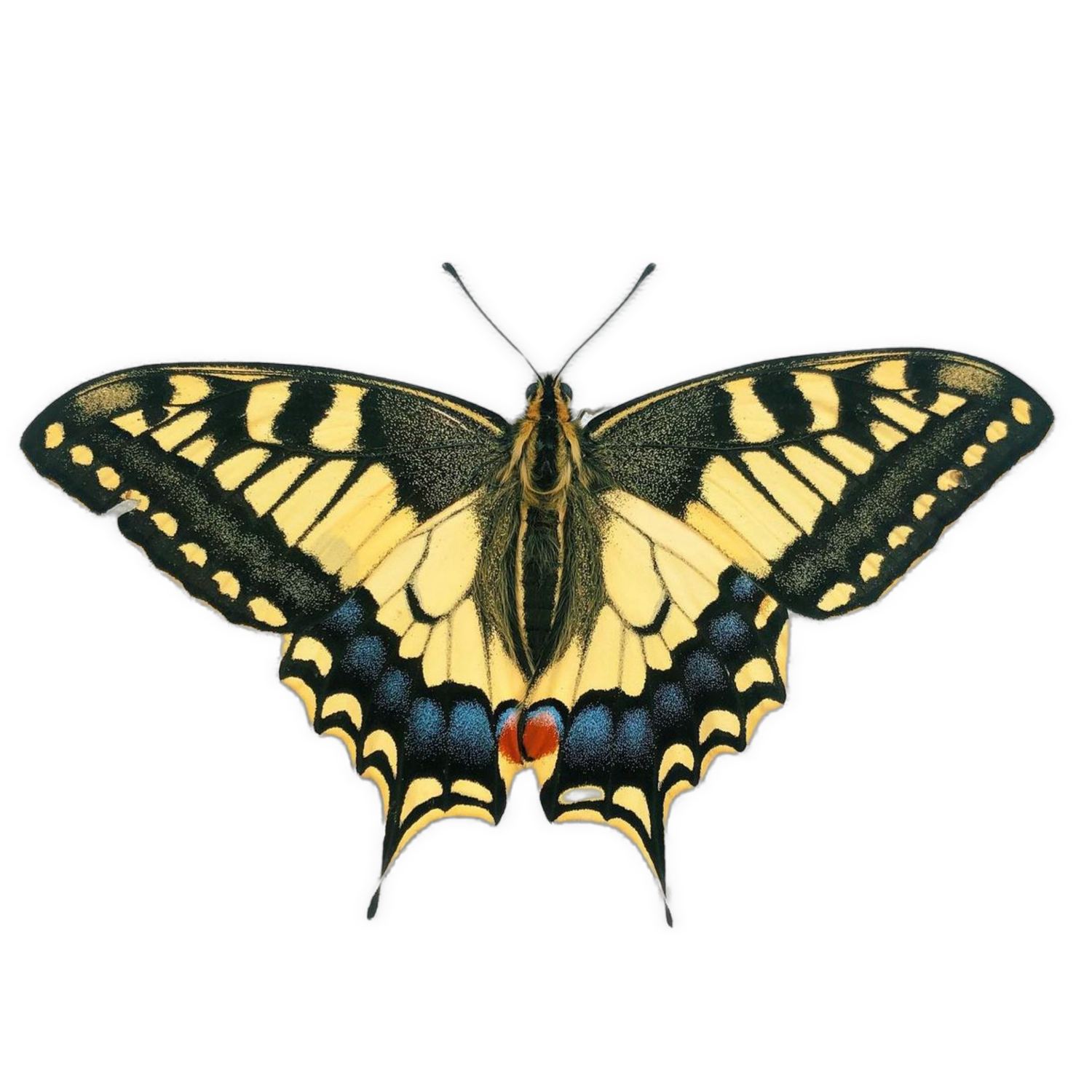Automeris io EGGS
This is a classic North American Silkmoth species, the Bullseye or io Silkmoth, famed for both its striking eye spots on the adult moth and the stinging spikes that adorn their bright green caterpillars! There are typically two or three broods annually, with moths flying at various points during the spring, summer, and early autumn - in southern US states this species is often continually brooded, flying even in winter. This can also be achieved in captivity using evergreen host plants such as Privet or Portugal Laurel. Due to the stinging spines (not dangerous but feel similar to a Nettle) of caterpillars, this species is better observed than handled, but is noonetheless an easy subject to care for! Allow caterpillars to wander from old leaves to new rather than manually transferring them to a new food source.
Host plants - Oak, Willow, Privet, Lilac, Birch. Many more are reported and worth trying!
Difficulty - Easy (2/10) but caterpillars have stinging spikes so avoid handling!
Temperature - Room temp.
Lifecycle - two or three broods with the final overwintering in cocoons
This is a classic North American Silkmoth species, the Bullseye or io Silkmoth, famed for both its striking eye spots on the adult moth and the stinging spikes that adorn their bright green caterpillars! There are typically two or three broods annually, with moths flying at various points during the spring, summer, and early autumn - in southern US states this species is often continually brooded, flying even in winter. This can also be achieved in captivity using evergreen host plants such as Privet or Portugal Laurel. Due to the stinging spines (not dangerous but feel similar to a Nettle) of caterpillars, this species is better observed than handled, but is noonetheless an easy subject to care for! Allow caterpillars to wander from old leaves to new rather than manually transferring them to a new food source.
Host plants - Oak, Willow, Privet, Lilac, Birch. Many more are reported and worth trying!
Difficulty - Easy (2/10) but caterpillars have stinging spikes so avoid handling!
Temperature - Room temp.
Lifecycle - two or three broods with the final overwintering in cocoons
This is a classic North American Silkmoth species, the Bullseye or io Silkmoth, famed for both its striking eye spots on the adult moth and the stinging spikes that adorn their bright green caterpillars! There are typically two or three broods annually, with moths flying at various points during the spring, summer, and early autumn - in southern US states this species is often continually brooded, flying even in winter. This can also be achieved in captivity using evergreen host plants such as Privet or Portugal Laurel. Due to the stinging spines (not dangerous but feel similar to a Nettle) of caterpillars, this species is better observed than handled, but is noonetheless an easy subject to care for! Allow caterpillars to wander from old leaves to new rather than manually transferring them to a new food source.
Host plants - Oak, Willow, Privet, Lilac, Birch. Many more are reported and worth trying!
Difficulty - Easy (2/10) but caterpillars have stinging spikes so avoid handling!
Temperature - Room temp.
Lifecycle - two or three broods with the final overwintering in cocoons

